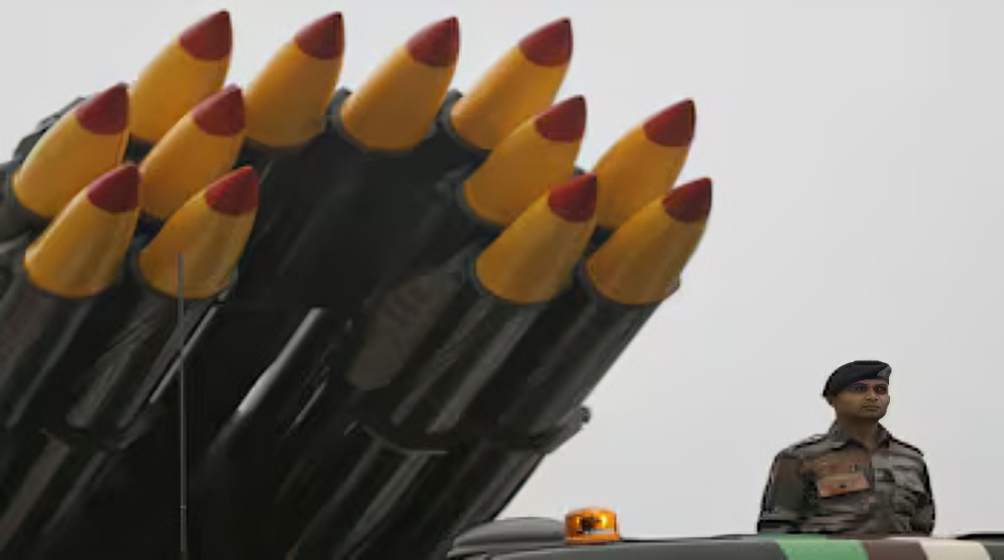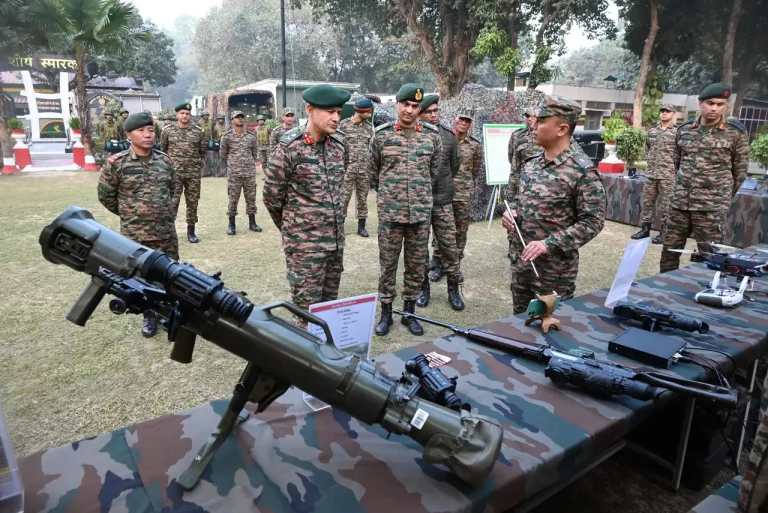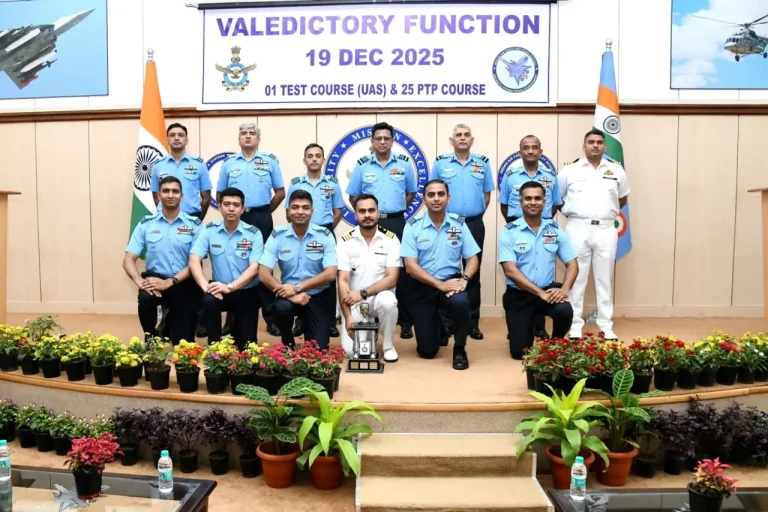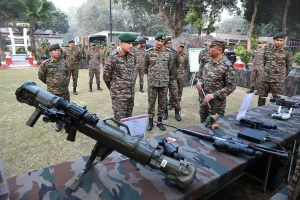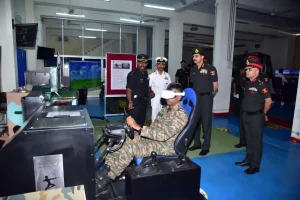India is set to conduct tests of its most advanced hypersonic weapon, the Extended Trajectory-Long Duration Hypersonic Cruise Missile (ET-LDHCM), a product of the Defence Research and Development Organisation’s classified initiative known as Project Vishnu. This ambitious project aims to enhance India’s military capabilities with cutting-edge technology.
The ET-LDHCM boasts remarkable speed, achieving velocities of Mach 8, which is roughly 11,000 kilometers per hour. It is designed to conduct precision strikes at ranges of up to 1,500 kilometers. Capable of handling both conventional and nuclear missions, the missile can carry warheads weighing between 1,000 to 2,000 kilograms. Its unique combination of high speed, low-altitude flight capability, and advanced manoeuvrability renders it particularly resistant to contemporary radar detection and air defense systems.
Central to the missile’s functionality is a state-of-the-art scramjet engine, which allows for sustained hypersonic speeds using atmospheric oxygen. The Development Research Organisation has successfully completed a ground test of the propulsion system, achieving a notable duration of 1,000 seconds. The materials used in the missile are designed to withstand extreme conditions, withstanding temperatures up to 2,000 degrees Celsius during flight.
Differentiating the ET-LDHCM from traditional ballistic missiles, this system is capable of mid-course corrections, enabling it to maintain precision even when flying at low altitudes. It can be launched from various platforms, including land-based systems, aircraft, or naval vessels, greatly enhancing India’s strategic flexibility. This versatility allows for targeted attacks on enemy command centers, radar installations, and heavily fortified positions.
This upcoming test follows India’s previous hypersonic development effort, which culminated in a long-range hypersonic test in November 2024. Experts suggest that the successful deployment of the ET-LDHCM could significantly alter the regional security dynamics, strengthening India’s deterrence capabilities against neighboring countries like China and Pakistan.
Beyond military applications, the technology behind the ET-LDHCM holds potential for civilian uses in sectors such as aerospace and disaster management. The project has also spurred innovation within India’s private sector, engaging multiple micro, small, and medium enterprises (MSMEs) and defense firms. This collaboration not only fosters economic growth but also bolsters domestic capabilities in advanced technology.
Upon the successful completion of its testing phase, the ET-LDHCM is anticipated to be integrated into all three branches of India’s armed forces, thereby enhancing the country’s preparedness for high-speed, high-intensity conflicts in the future.
